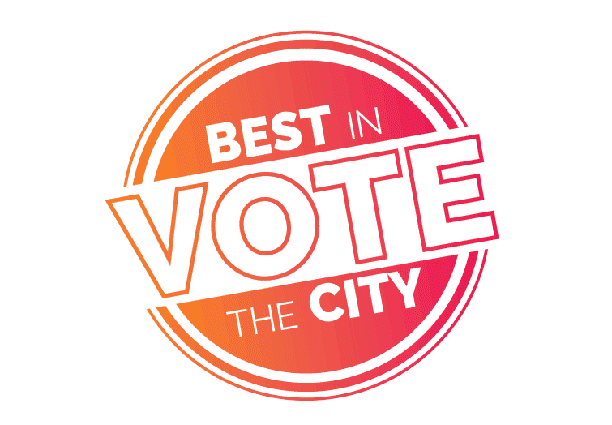Amendment 2 has passed!
 As the 26th state to legalize medical marijuana, Florida has officially tipped the scale; a majority of the United State is now in favor of marijuana use for certain medical ailments. The legalization of cannabis has been a nationwide topic for years – so much that it’s almost become a “non issue.” So much so that an overwhelming percentage of Floridians voted YES on Amendment 2 on November 8th (a whopping 71%!). But we’ve heard this before… years ago Florida legalized marijuana use for qualified medical patients so long as THC content was less than .8%. But what does this mean? What’s the difference between what existed and what is now legal?
As the 26th state to legalize medical marijuana, Florida has officially tipped the scale; a majority of the United State is now in favor of marijuana use for certain medical ailments. The legalization of cannabis has been a nationwide topic for years – so much that it’s almost become a “non issue.” So much so that an overwhelming percentage of Floridians voted YES on Amendment 2 on November 8th (a whopping 71%!). But we’ve heard this before… years ago Florida legalized marijuana use for qualified medical patients so long as THC content was less than .8%. But what does this mean? What’s the difference between what existed and what is now legal?
Instead of discussing a legal primer on the passage and interpretation of legal use of marijuana in Florida, let’s discuss the probable evolution of the ability to use cannabis and the actual plant itself.
First, the basics. The cannabis plant is a flowering plant. It’s the female plant that produces large, resin-secreting buds. The resin contains chemical compounds THC (tetrahydrocannabinol) and CBD (cannabidiol). The higher the THC content, the “higher” the consumer; THC is the psychoactive compound responsible for euphoria, relaxation, paranoia and heightened senses experienced by users. The type of high depends on the plant species, which are either sativa (alert and euphoric), indica (relaxed and mellow) or, most commonly, a hybrid of both. Recreational users tend to prefer THC dominant strains, but health benefits are attributed to CBD consumption. Industry professionals are of the opinion that as recreational consumption increases, users will seek out products that provide a more balanced high.
 So how does this help patients with debilitating medical conditions in Florida? Well, initially THC was ignored, and
So how does this help patients with debilitating medical conditions in Florida? Well, initially THC was ignored, and
quite possible avoided considering its psychoactive properties. States that pass legislation similar to Amendment 2 focus on the beneficial effects of CBD, the non-psychoactive compound, particularly for those with chronic pain, anxiety, inflammatory diseases and terminal illnesses. International medical and scientific communities have provided indisputable evidence that the CBD properties in the cannabis plant are beneficial for multiple medical ailments such as cancer, epilepsy, autoimmune disorders and chronic pain management. As a result, during the first round of legalization, states have apprehensively authorized patients diagnosed with such disorders to access cannabis products with high CBD and low THC content (i.e. “Charlotte’s Web”). But as research continues, this notion is a bit outdated; findings indicate that cannabis products are most effective when a 1:1 ratio of CBD to THC is present. Apparently, the compounds work well together. Go figure. Mother nature had it right the whole time.
What this tells us, folks, is that we are slowly evolving toward legalization of recreational use. Relaxed constitutional amendments on the subject have been proposed and the people have spoken. Florida Department of Health is now slated to draft regulations allowing for patients with “debilitating diseases” to access marijuana with a higher THC and CBD content. Amendment 2 cast a wider net with respect to the patients it will reach, including those with glaucoma, some autoimmune disorders, Parkinson’s, MS and other inflammatory diseases. And this appears to be the trend in every state…Legislation is passed limiting patient access and regulating THC content; regulations on THC content and patient ailments are relaxed; state health agencies draft new relaxed regulations; state licenses are issued to providers based on those regulations; patients benefit health-wise; the state benefits tax-wise; and eventually recreational use (or “adult use”) is contemplated and – possibly – legalized. Any why not. Stay tuned for updates on Florida’s Department of Health medical marijuana regulatory framework…






